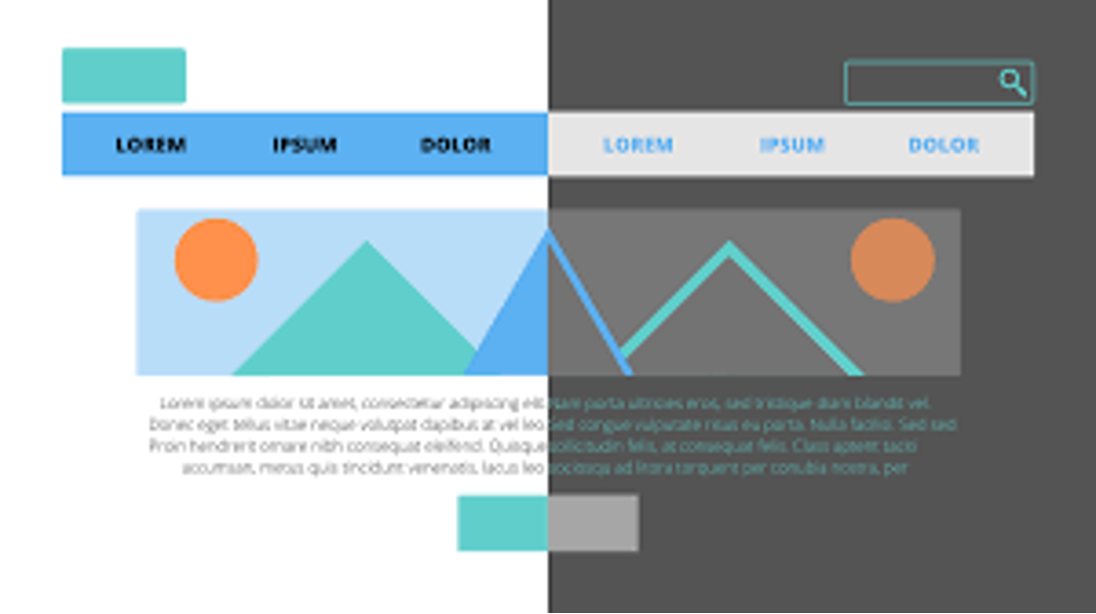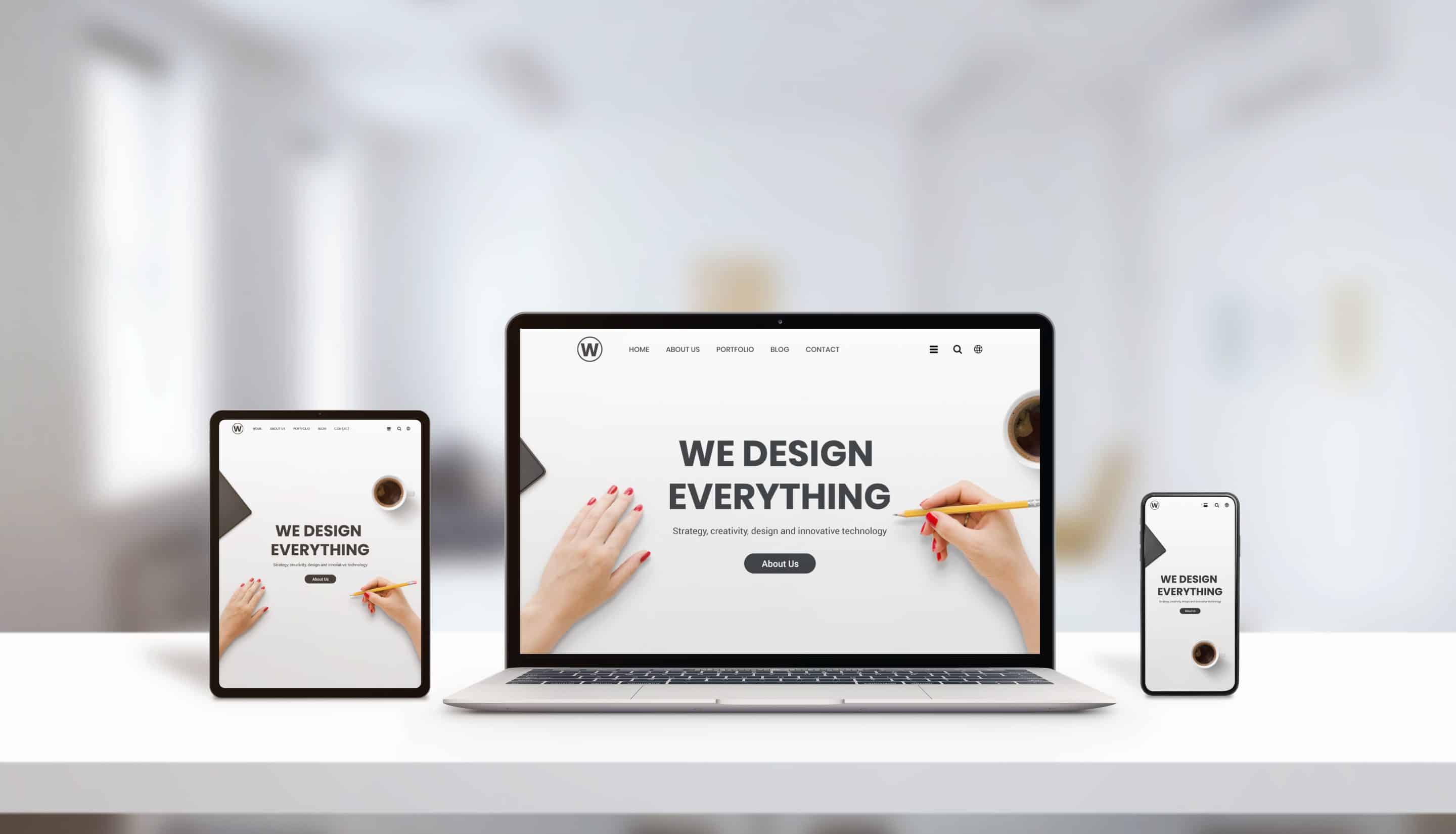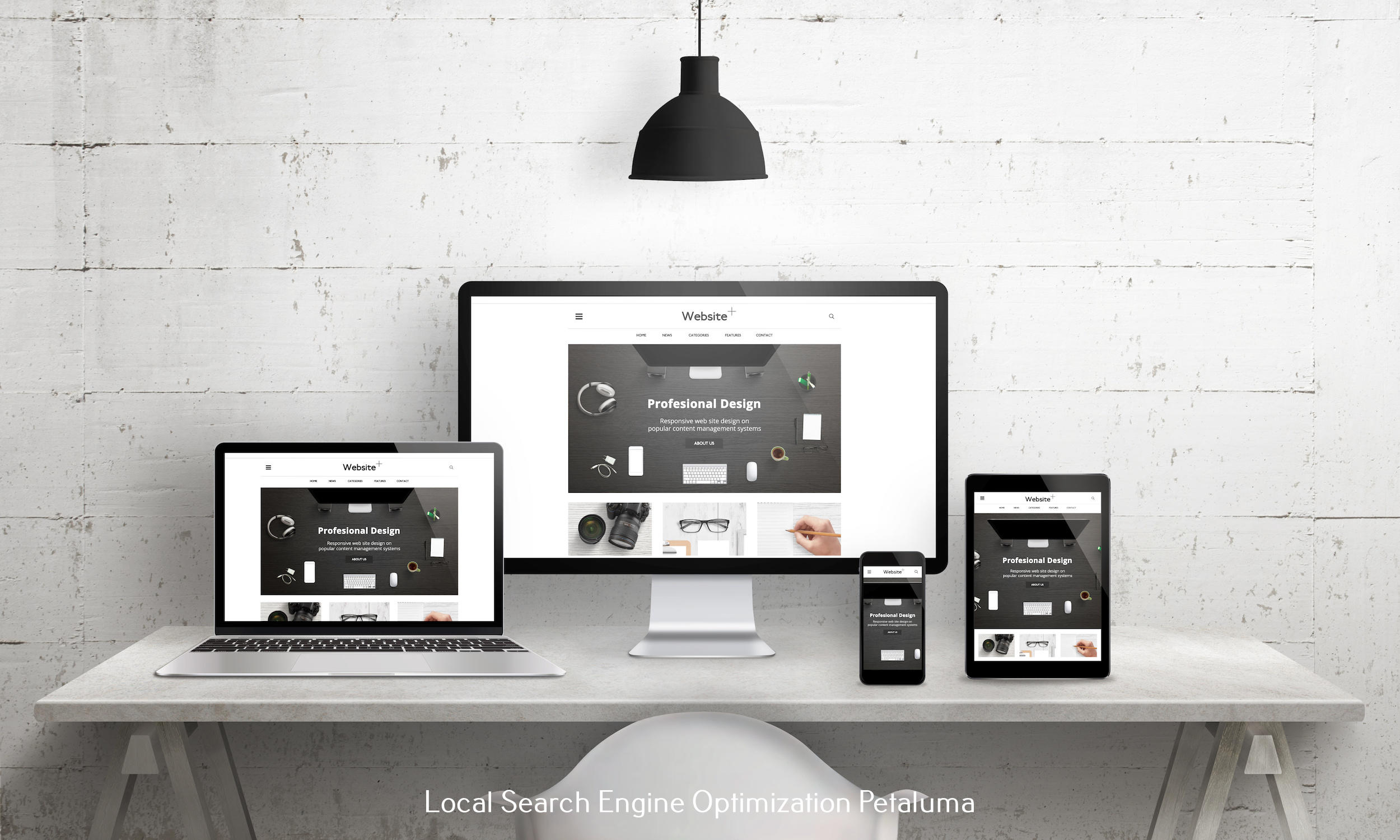Mobile Responsive Landing Pages: Design Tips and Best Practices to Attract and Retain Mobile Users
In today's digital world, having a mobile responsive landing page is crucial for any business that wants to reach its maximum potential. With more and more people using their smartphones to surf the web and make purchases, it's essential to have a landing page that is optimized for mobile users. In this article, we will discuss the key design tips and best practices for creating a mobile responsive landing page that attracts and retains mobile users.
Why Mobile Responsive Landing Pages Are Important
Before we dive into the design tips, let's first understand why having a mobile responsive landing page is crucial. A mobile responsive landing page is simply a web page that can adjust its layout according to the device it's being viewed on. This means that whether your audience is using a smartphone, tablet or desktop computer, they will get the best browsing experience possible.
Having a mobile responsive landing page has become increasingly important due to the rise of smartphone usage. According to Statista, in 2021, there are over 3.8 billion smartphone users worldwide. This number is expected to grow even further in the coming years. Therefore, if your website is not optimized for mobile users, you could be losing out on potential customers.
Design Tips for Creating an Effective Mobile Responsive Landing Page
1. Keep It Simple
When designing a mobile responsive landing page, simplicity should be your guiding principle. A cluttered and busy landing page can be overwhelming for users on smaller screens and may cause them to leave your site without taking any action.
To keep things simple, stick with clean layouts with plenty of white space between elements. Use minimal text and only include essential information on your landing page.
2. Use Large Fonts
Another important design element for creating an effective mobile responsive landing page is font size. Mobile screens are smaller than desktop monitors; therefore, it's essential to use larger fonts to ensure readability. A good rule of thumb is to use a font size of at least 14 pixels for body text and 22 pixels for headings.
Additionally, make sure to use fonts that are easy to read on mobile devices. Avoid using decorative or script fonts that can be difficult to read on smaller screens.
3. Optimize Images
Images play a crucial role in the design of a landing page, but they can also slow down the loading speed of your page. To ensure your landing page is mobile-friendly, optimize images by compressing them without sacrificing quality.
Also, consider using simple graphics instead of large images that can take up too much space on a mobile screen. And don't forget to add alt text to your images so that they are accessible to visually impaired users.
4. Use Click-to-Call Buttons
Mobile users are more likely to take action if it's easy for them to do so. One way to make it easier for them is by using click-to-call buttons on your landing page. This feature allows users to call your business directly from their mobile devices with just one click.
Click-to-call buttons are especially useful for businesses such as restaurants, hotels, and service providers who want customers to contact them quickly and easily.
5. Design for Touchscreen Navigation
Unlike desktop users who navigate websites with a mouse and keyboard, mobile users navigate with their fingers. This means that you need to design your landing page with touchscreen navigation in mind.
Make sure buttons and links are big enough for users' fingers and provide ample spacing between elements so that they aren't accidentally clicked while scrolling.
Best Practices for Mobile Responsive Landing Page Design
1. Keep Your Branding Consistent
Your landing page should reflect your brand's identity and be consistent with the rest of your website's design elements. This includes using the same color scheme, fonts, and overall visual style as your main website.
Consistency in branding helps to establish trust with your audience and ensures a seamless user experience.
2. Use High-Quality Videos
Videos are powerful tools for engaging and converting visitors on your landing page. However, it's crucial to use high-quality videos that are optimized for mobile devices. This means choosing the right video format and size, so they don't take too long to load.
Also, make sure your videos are relevant to your product or service and have a clear call-to-action at the end.
3. Optimize Your Forms
Forms are an essential element of any landing page, but they can be a pain point for mobile users if not optimized correctly. To ensure an effortless form-filling experience, keep forms short and only ask for essential information.
Also, make sure the form fields are big enough for mobile users to tap on easily and use auto-fill features when possible.
Final Thoughts
A mobile responsive landing page is critical in today's digital landscape where more people access the internet through their smartphones than ever before. By following these design tips and best practices, you can create an effective landing page that attracts and retains mobile users, ultimately increasing conversions for your business.





































0 Comments